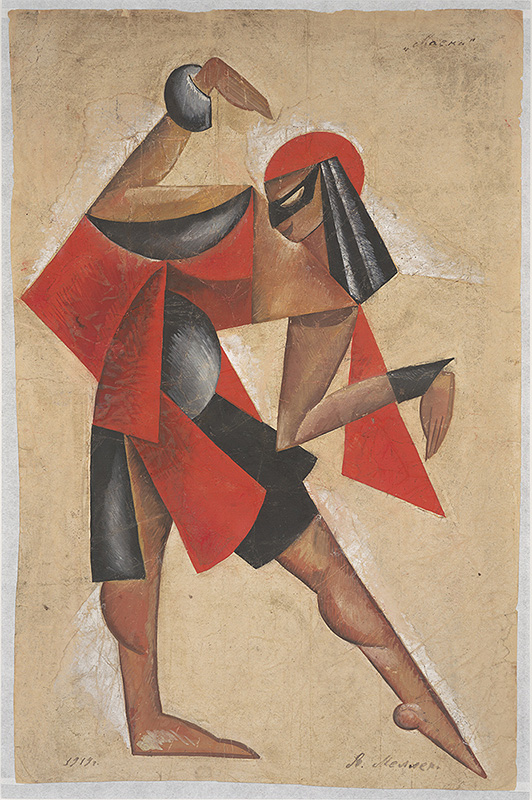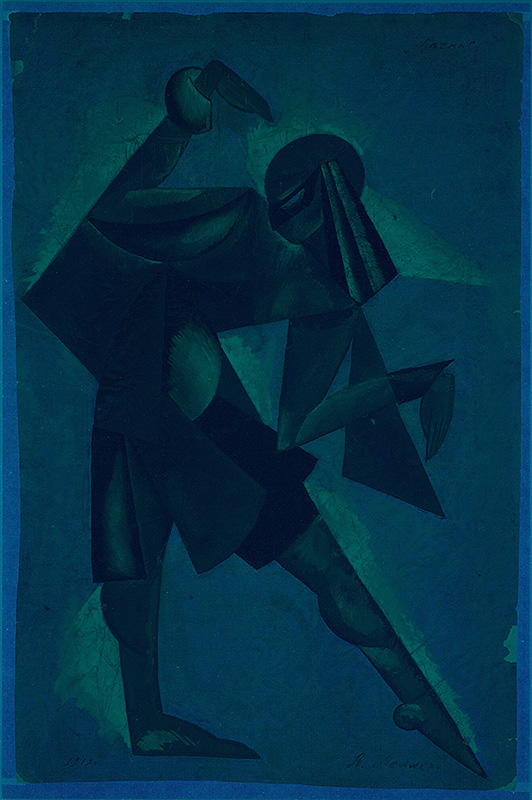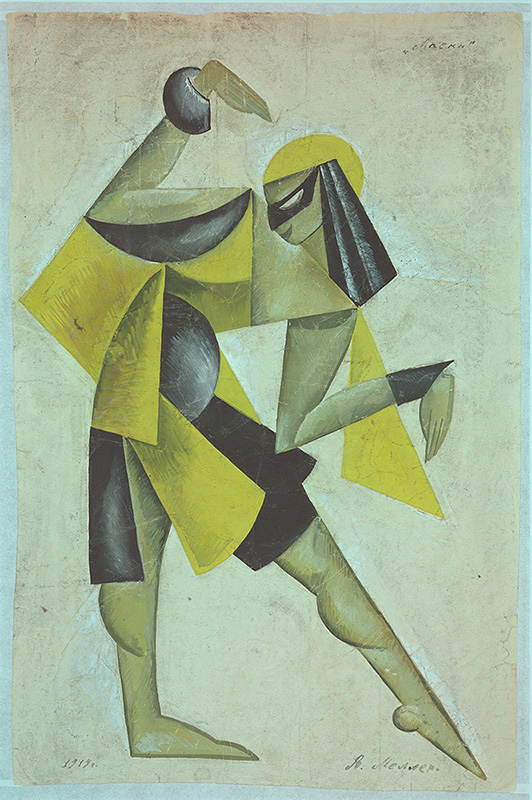Visualisation of preliminary drawings
Infrared reflectography is based on the characteristic interaction between infrared light and the materials to be examined. Depending on their composition, the substances absorb the IR light in a characteristic way.
Substances that contain elemental carbon, such as soot or stone chalk, absorb IR light strongly in a certain wavelength range and appear black in the IR image, while other drawing materials become transparent in the same wavelength range. Preliminary drawings made with metal pencils or lead pens can also be made visible with this method.
Digital image processing methods such as image subtraction or channel shifts often play an important role in post-processing. This requires correspondingly optimal and pixel-precise results from the preceding recording processes.
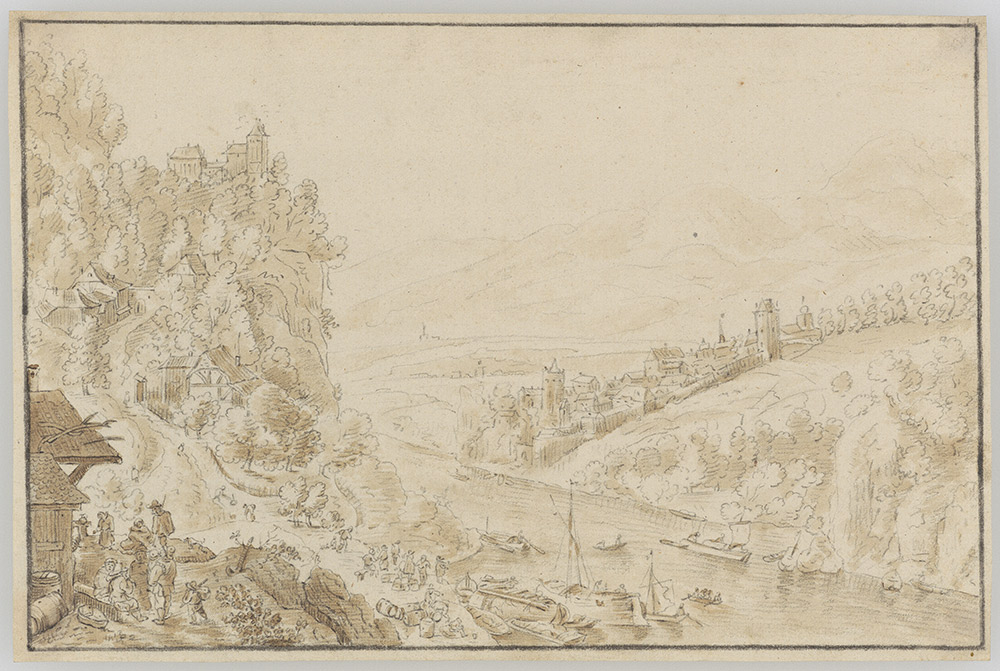
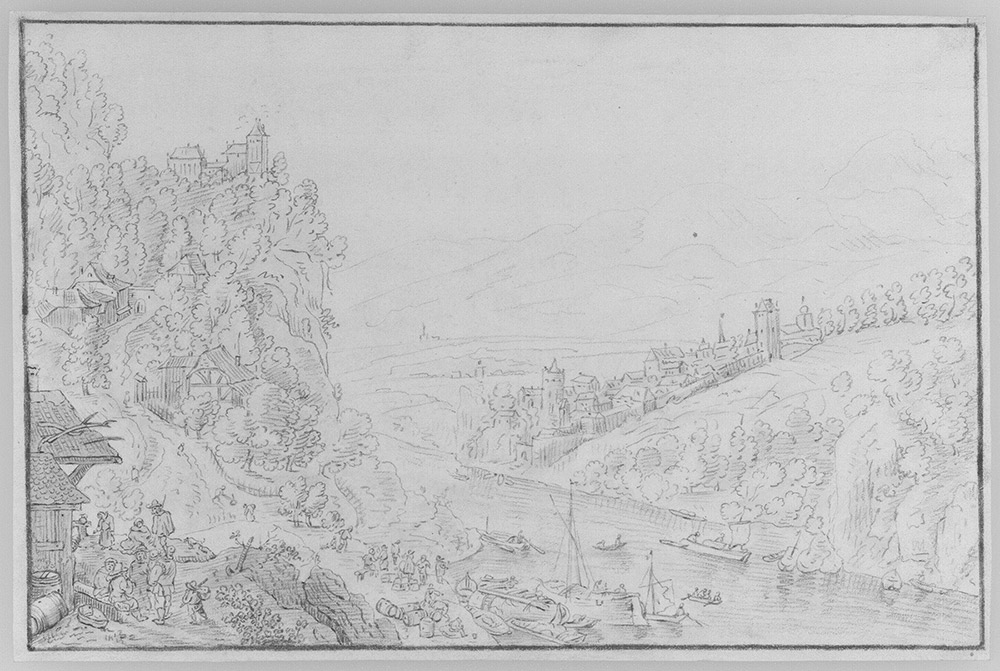
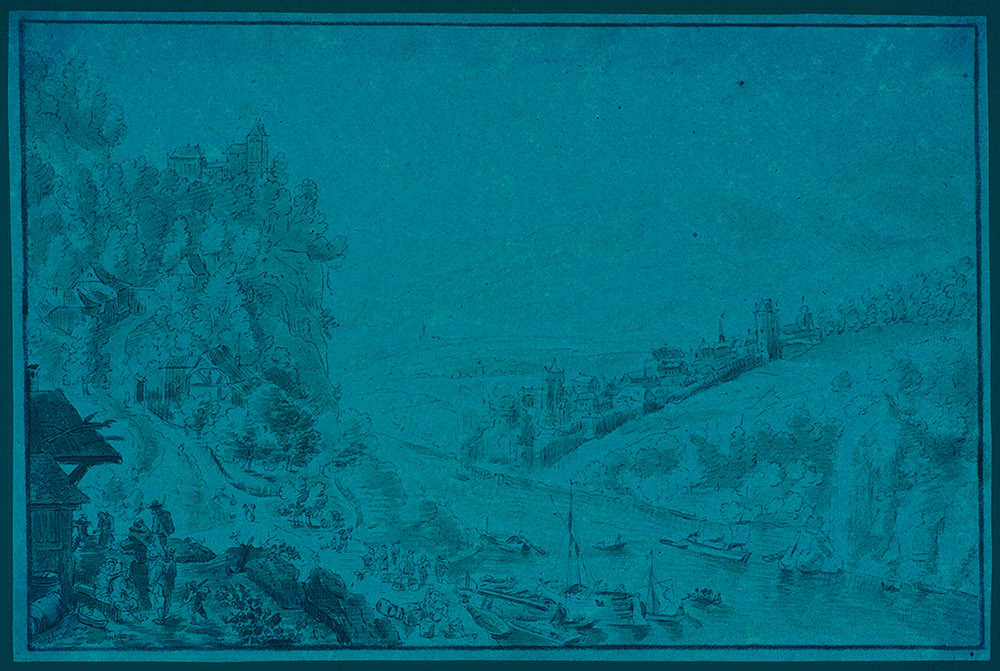
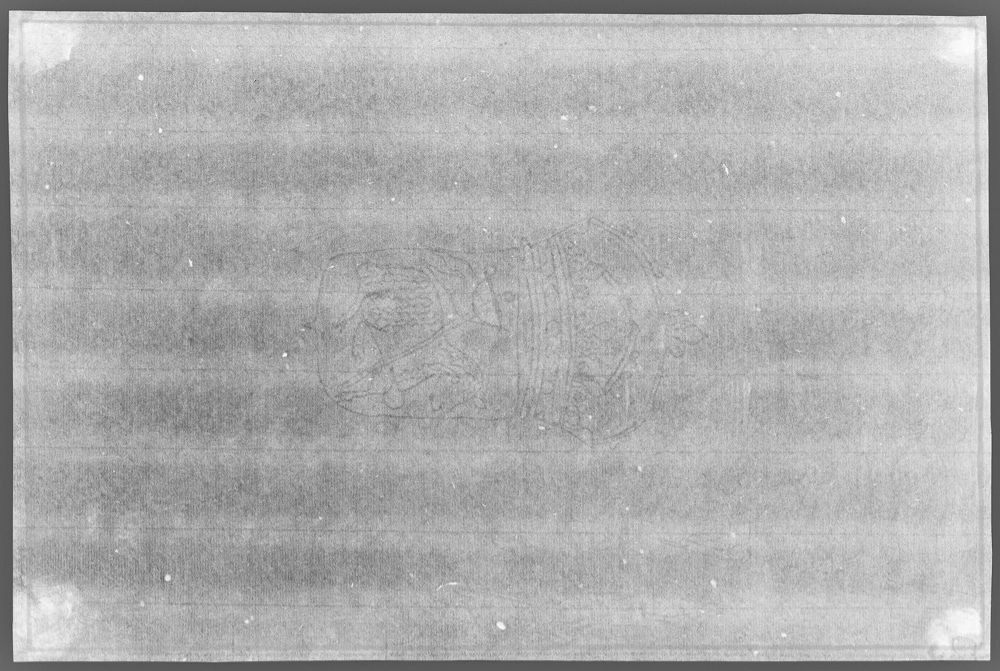
Visualisation of faded or erased inks
Faded or erased inks can be made visible by selective excitation with light of certain wavelengths. If the object is irradiated with UV light, it is possible to make visible binding agents and colourants that may exhibit fluorescence in the visible range.
The fluorescence properties of the binders are different; shellac, for example, shows an orange-yellow fluorescence, while gum arabic does not fluoresce at all in the visible range. The method thus offers the possibility of identifying fluorescent substances. In addition, irradiation with UV light allows faded or washed-out inks to be made visible.
Digital image processing methods such as image subtraction or channel shifts often play an important role in post-processing. This requires correspondingly optimal and pixel-precise results from the preceding recording processes.
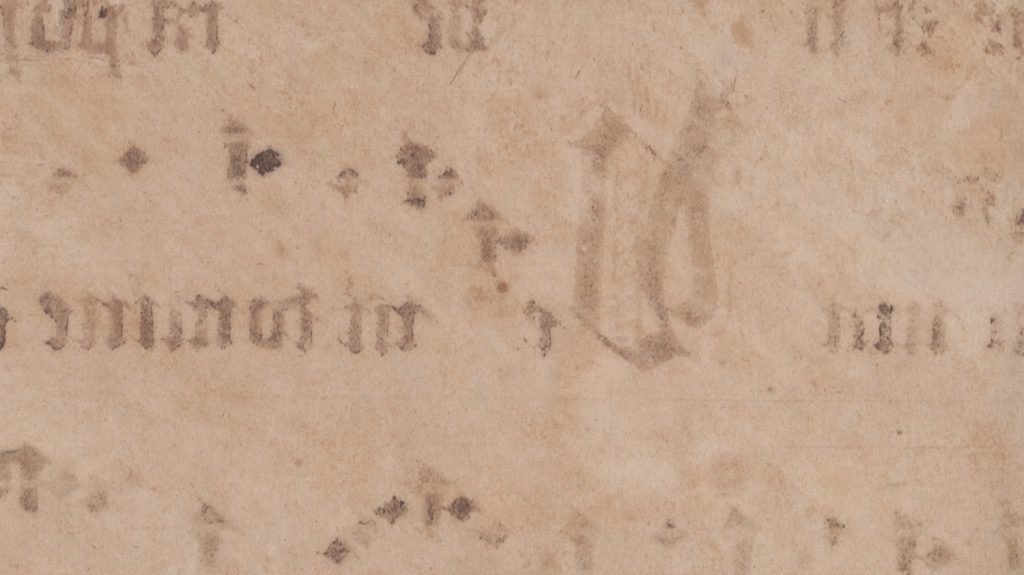
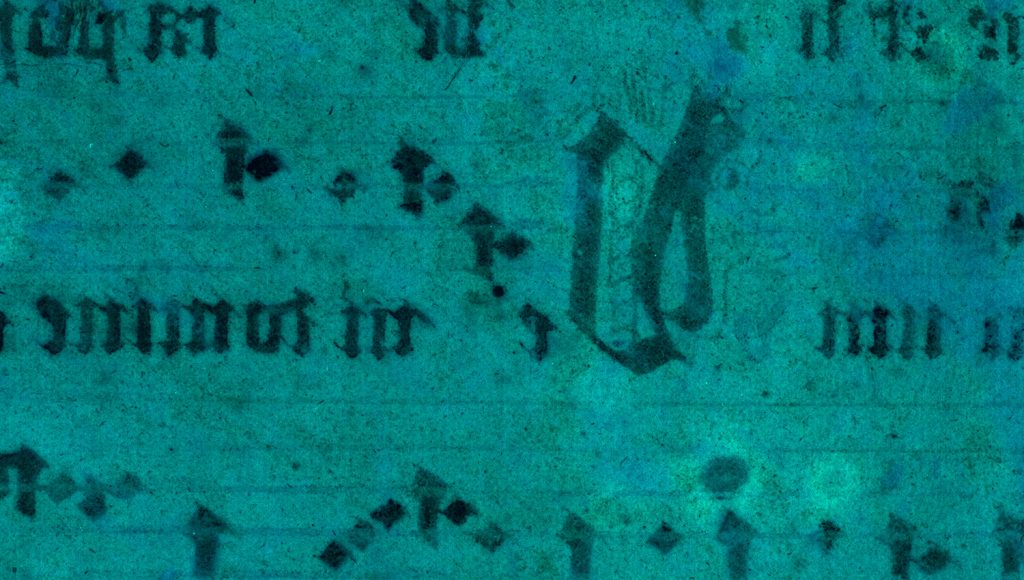
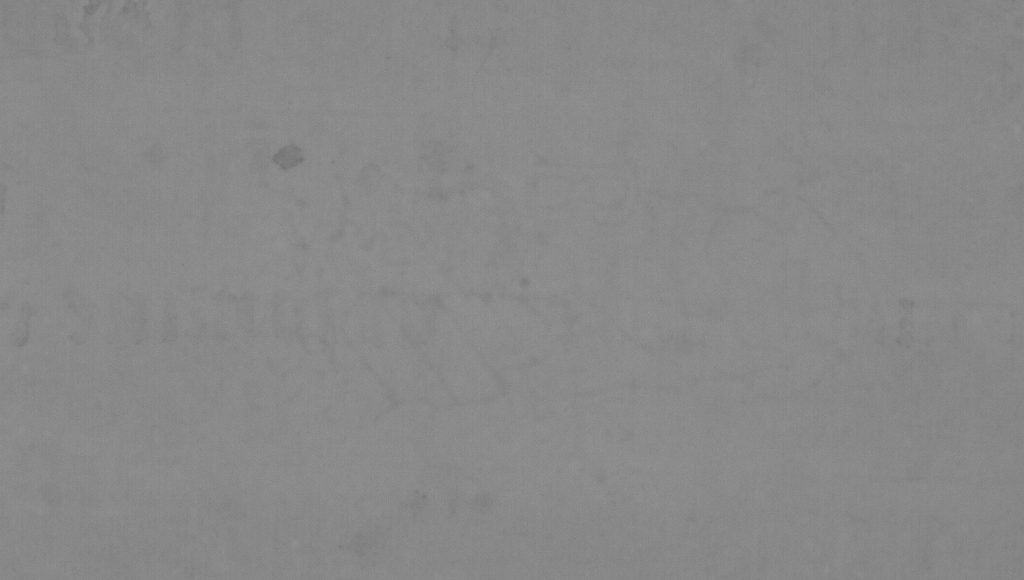
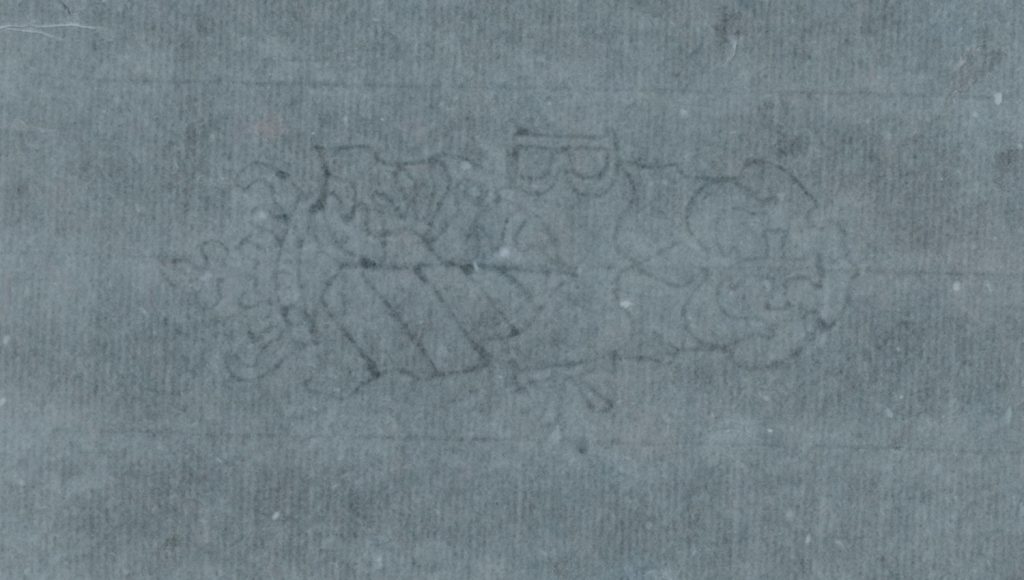
Infrared and ultraviolet photography
Underdrawings such as preliminary drawings can be made visible if the layers of ink above them can be faded out using suitable methods. Faded or erased inks, on the other hand, can be made visible by selective excitation with light of certain wavelengths.
Digital image processing methods such as image subtraction or channel shifts often play an important role in post-processing. This requires correspondingly optimal and pixel-precise results from the preceding recording processes.
